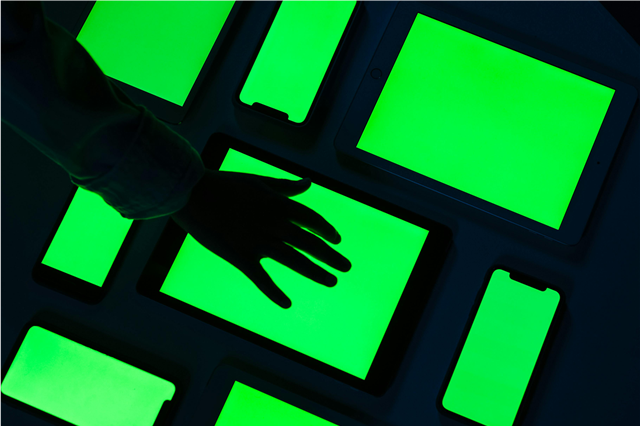
What are the maintenance requirements for LED screens
LED screens have revolutionized digital displays, from massive outdoor billboards to intimate indoor setups. But like any sophisticated technology, they require proper maintenance to keep shining bright. Understanding LED screen maintenance requirements isn't just about extending lifespan—it's about maximizing your investment and ensuring optimal performance.
The Surprising Truth About LED Screen Longevity
Fact: High-quality LED screens can last up to 100,000 hours—nearly 11 years of continuous operation. However, this impressive lifespan only occurs with proper maintenance practices.
Essential Maintenance Requirements You Can't Ignore
1. Regular Cleaning Protocol - The Foundation of LED Care
LED screens accumulate dust, dirt, and debris faster than you might expect. Industry standard recommends cleaning every 2-4 weeks, depending on environmental conditions.
- Outdoor screens: Weekly cleaning due to exposure to elements
- Indoor screens: Monthly cleaning in controlled environments
- High-traffic areas: Bi-weekly attention required
Pro tip: Use only manufacturer-recommended cleaning solutions. Harsh chemicals can damage LED modules and void warranties.
2. Temperature and Humidity Monitoring
LED screens are sensitive to environmental conditions, contrary to popular belief.
Optimal operating conditions:
- Temperature: 32°F to 95°F (0°C to 35°C)
- Humidity: 10% to 90% non-condensing
Strange but true: LED screens perform better in moderate humidity. Too dry, and static electricity becomes problematic. Too humid, and moisture can cause component failure.
3. Software and Firmware Updates
Modern LED screens are smart devices requiring regular software maintenance.
- Monthly check-ins for firmware updates
- Quarterly software optimization sessions
- Annual system audits for performance tuning
Interesting fact: 60% of LED screen issues stem from outdated software rather than hardware problems.
The Hidden Costs of Neglected Maintenance
Power Consumption Surprises
Well-maintained LED screens consume 20-30% less power than neglected ones. Dust accumulation creates thermal resistance, forcing the system to work harder and consume more energy.
Color Accuracy Degradation
Without proper maintenance:
- Color uniformity drops by 15-25% annually
- Brightness decreases by 10-15% yearly
- Contrast ratios deteriorate significantly
Professional vs. DIY Maintenance: What You Need to Know
Routine Tasks You Can Handle:
- Surface cleaning with appropriate materials
- Visual inspection for damaged pixels
- Basic environmental monitoring
Professional Services Required:
- Deep internal cleaning (every 6-12 months)
- Module calibration and alignment
- Electrical connection inspections
- Software updates and troubleshooting
Expert insight: Professional maintenance costs typically range from 8-15% of the screen's value annually—significantly less than replacement costs.
Environmental Factors That Impact Maintenance Frequency
Urban Environments
City installations require more frequent attention due to:
- Higher pollution levels
- Increased dust and debris
- Greater temperature fluctuations
Industrial Settings
Heavy industry environments demand specialized maintenance:
- Corrosion-resistant treatments
- Enhanced sealing inspections
- More frequent cleaning schedules
Coastal Locations
Salt air accelerates component degradation:
- Quarterly professional inspections recommended
- Special anti-corrosion treatments necessary
- Increased cleaning frequency essential
Technology-Specific Maintenance Requirements
SMD (Surface Mount Device) LED Screens
- Most susceptible to dust accumulation
- Require gentle cleaning techniques
- Sensitive to static electricity damage
DIP (Dual In-Line Package) LED Screens
- More robust construction
- Better resistance to environmental factors
- Easier maintenance procedures
COB (Chip on Board) LED Screens
- Latest technology with unique requirements
- Specialized cleaning protocols
- Advanced calibration needs
Warning Signs Your LED Screen Needs Immediate Attention
Visual indicators:
- Flickering or inconsistent brightness
- Color shifts or discoloration
- Dead pixels or dark spots
- Ghosting or refresh rate issues
Performance signs:
- Overheating during normal operation
- Unusual noises from cooling systems
- Frequent system restarts
- Slow response times
Cost-Effective Maintenance Strategies
Preventive Maintenance Scheduling
Annual budgeting guideline:
- 5-10% of screen replacement value for maintenance
- Professional inspections twice yearly
- Emergency repair fund of 15-20% additional
DIY Maintenance Toolkit
Essential items for basic upkeep:
- Soft microfiber cloths
- Manufacturer-approved cleaning solutions
- Compressed air dusters
- Anti-static wristbands
- Digital multimeter for basic diagnostics
The Future of LED Screen Maintenance
Emerging technologies are revolutionizing maintenance requirements:
Smart Monitoring Systems
- Real-time performance tracking
- Predictive maintenance alerts
- Automated diagnostic reporting
Self-Cleaning Technologies
- Nano-coatings that repel dust and moisture
- UV-resistant surface treatments
- Automated cleaning mechanisms
Conclusion: Maintenance as an Investment
LED screen maintenance isn't just about keeping things clean—it's about protecting a significant investment while ensuring optimal performance. Regular, proper maintenance can extend your screen's lifespan by 30-50% while maintaining better image quality and reducing energy costs.
Key takeaway: Every hour spent on preventive maintenance saves 3-5 hours of troubleshooting and repair costs down the line.
Whether you're managing a single display or an entire network of screens, understanding these maintenance requirements empowers you to make informed decisions about your LED display investments. The technology may be advanced, but the maintenance principles remain simple: keep it clean, keep it cool, keep it updated, and keep it professionally serviced.
Ready to optimize your LED screen maintenance routine? Start with a professional assessment and develop a customized maintenance schedule based on your specific environment and usage patterns.


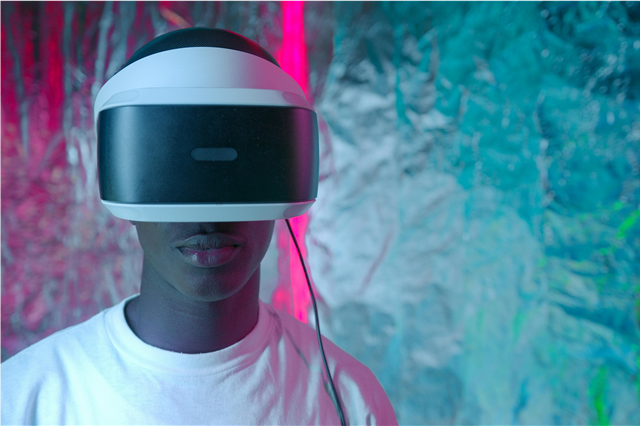
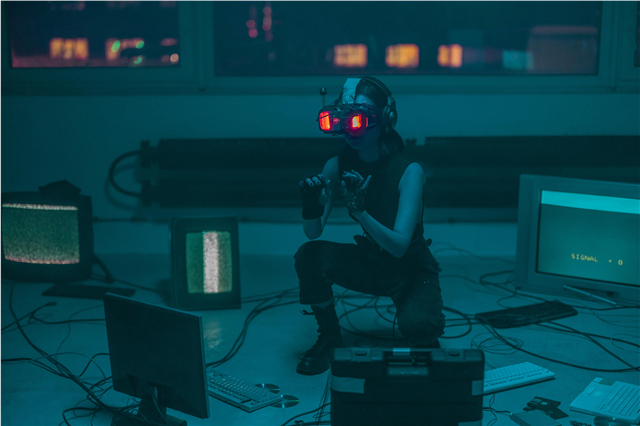
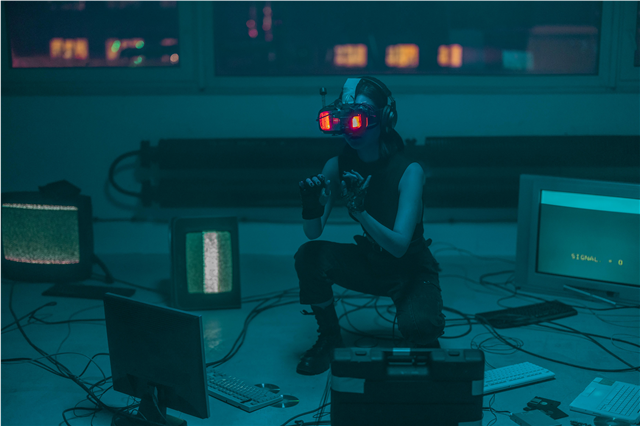
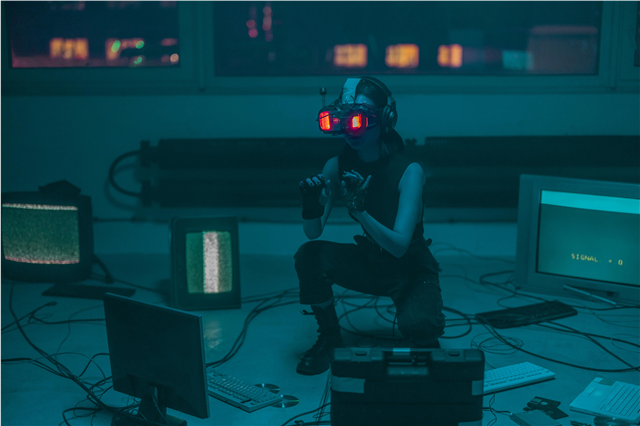
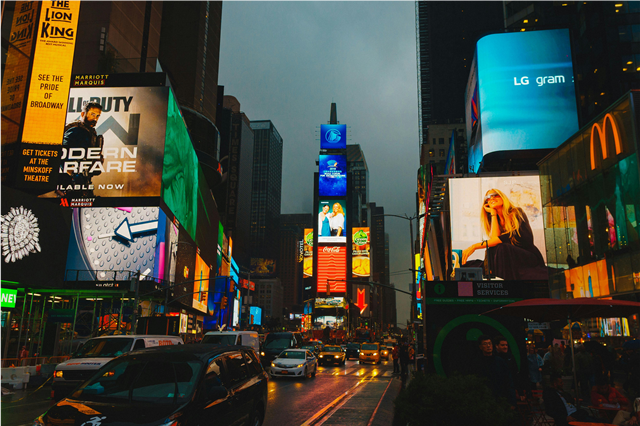
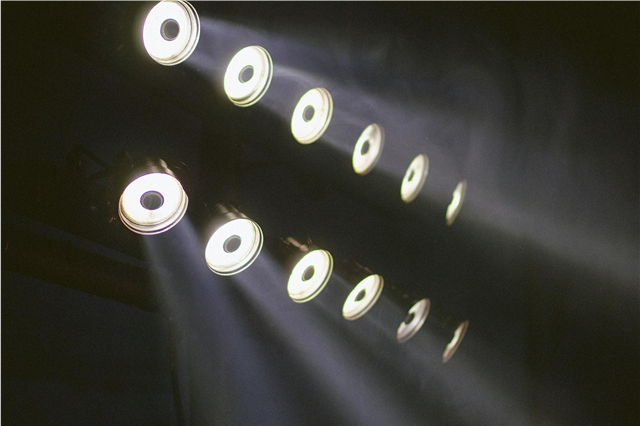
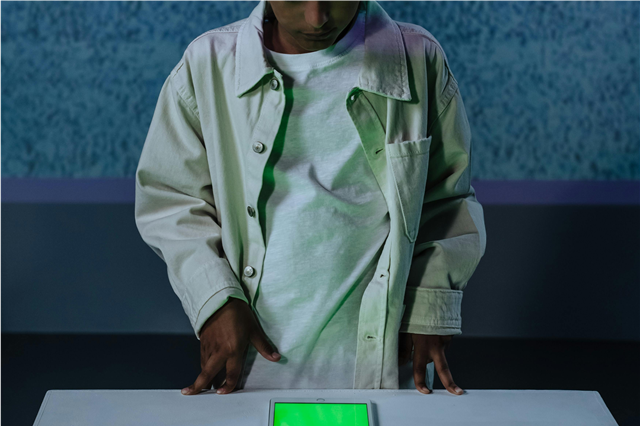







Post Comment